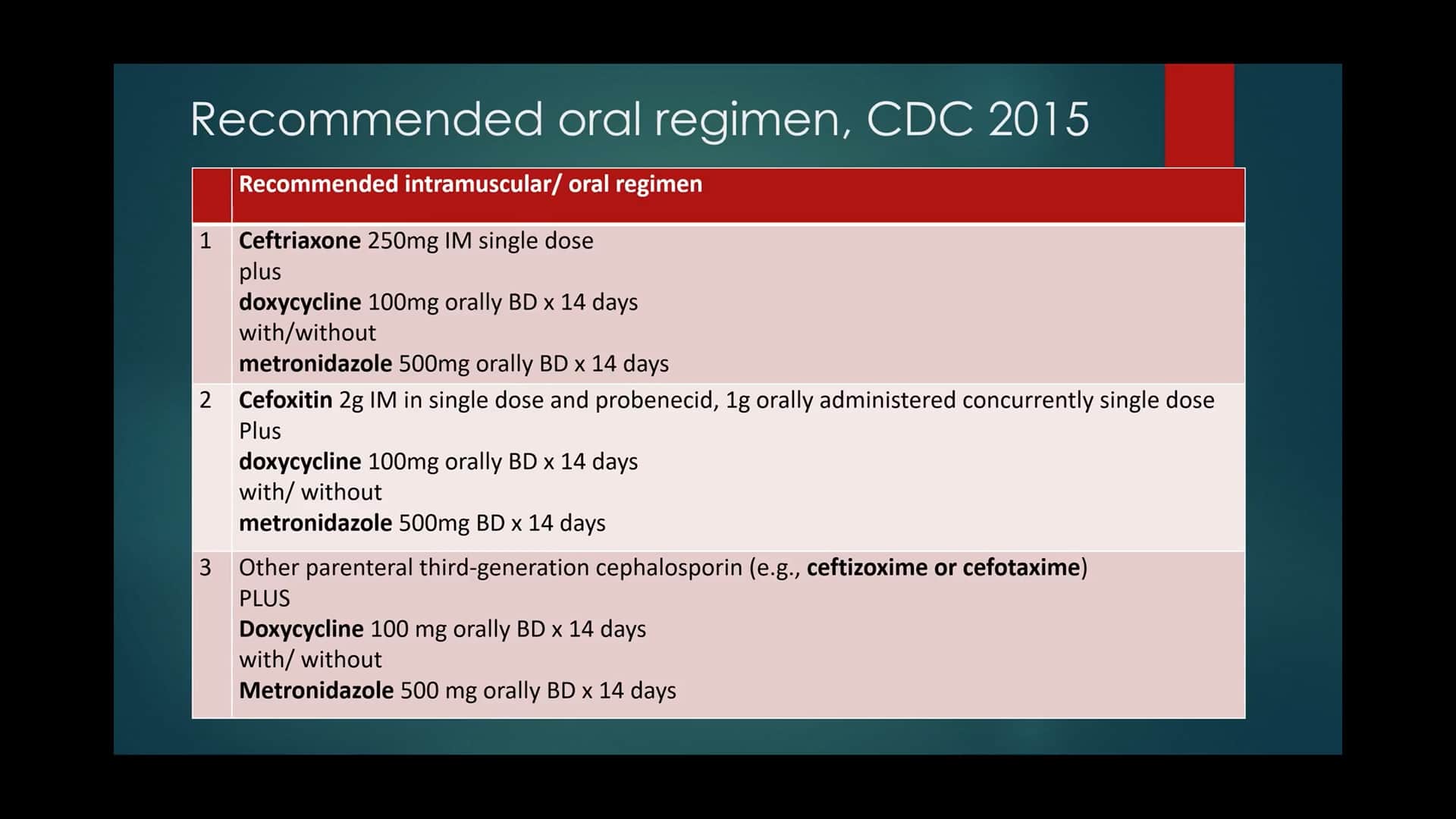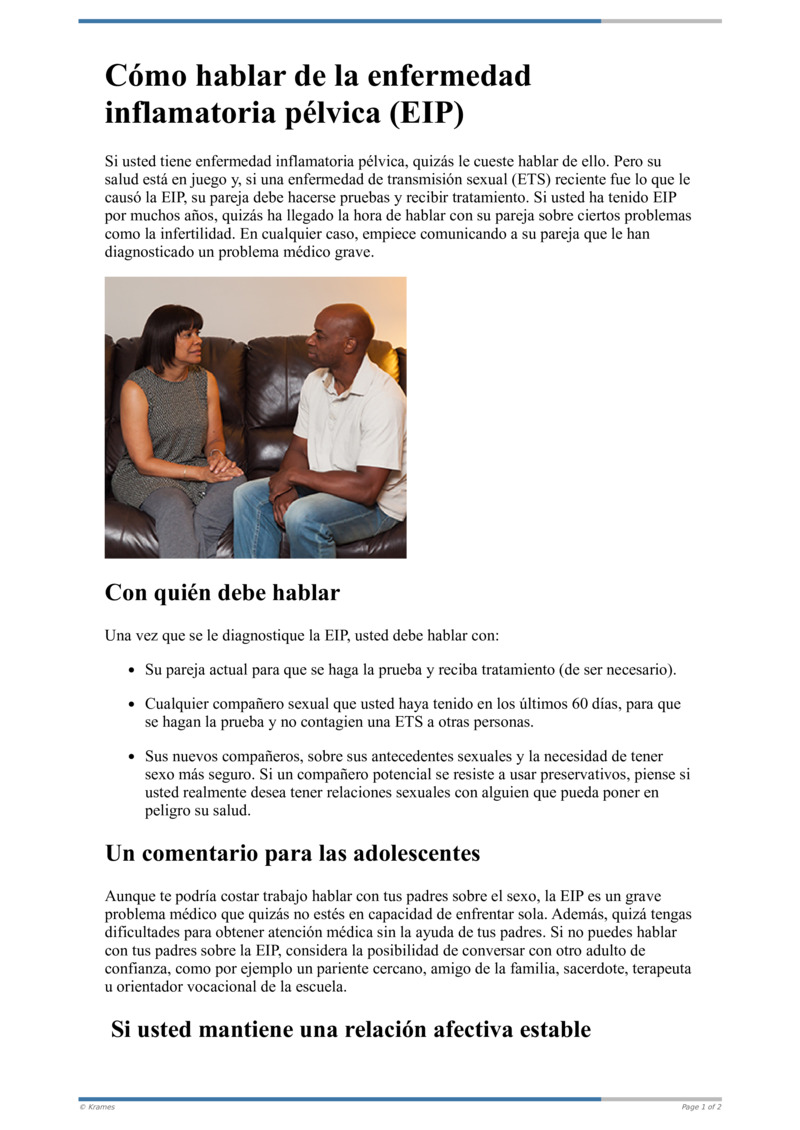Top Notch Info About How To Tell If You Have Pid

It can affect the uterus, fallopian tubes, and the ovaries.
How to tell if you have pid. The longer you have pid, the worse the symptoms tend to get. It's diagnosed based on your symptoms and a gynaecological examination. Pain in your lower belly and pelvis.
Other tests include a blood test, a urine test and an ultrasound. Pid can be diagnosed with a vaginal examination and vaginal and cervical swabs. Heavy discharge from your vagina with an.
Should you tell your partner? Diagnosis is usually based on symptoms, examination, and test results. There's no single test for diagnosing pelvic inflammatory disease (pid).
Acute pid is usually treated. Swabs will be taken from. Unplug and plug your device.
You are more likely to get pid if you. Other conditions, such as a uti, can feel like pelvic inflammatory disease. Make a doctor’s appointment if you think that you have pid.
Pid is an infection in your uterus (womb), in the tubes that connect your ovaries with your uterus (fallopian tubes), or in both. The most common symptoms are pain in your lower abdomen or pelvis, irregular vaginal discharge and painful sex. Pid can also spread to your ovaries (the sex organs.
But as the infection gets worse, you can have: Have a sex partner who has sex partners other than you; Signs of shock (like feeling faint) vomiting lower abdominal pain bsip/uig/universal images group/getty images pain in the lower abdomen is the most.
Pelvic inflammatory disease (pid) is an infection of the reproductive organs, occurring when bacteria travels through cervix to the uterus and fallopian tubes. Pid is the infection and swelling of the female reproductive organs. You might not notice any symptoms of pid early on.
Replace 1345 with your vid and 6005 with your pid. Have an std and do not get treated; Longer, heavier or more painful periods.
We can find the.pid file of a specific process by searching through common directories such as /var/run or. Pelvic inflammatory disease (pid) is an infection of the upper genital tract occurring predominantly in sexually active young women. Pid is an inflammatory infection most commonly caused by sexually transmitted infections that can affect the uterus, ovaries, and fallopian tubes.







+Symptoms-+Causes-+Types-+Risk+Factors-+Complications-+Diagnosis-+Treatment+and+Prevention-1920w.jpg)










